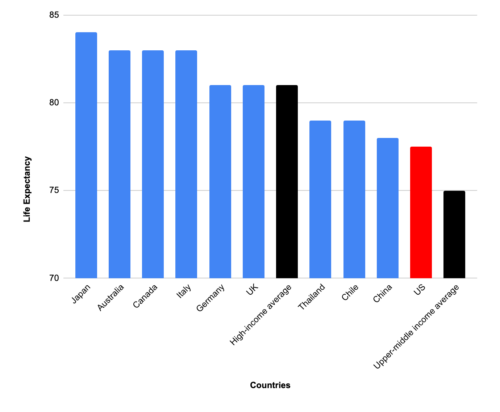Amazon, robots, ecommerce jobs, and business models
By: / 09.11.2018
I’ve consistently argued that the ecommerce job boom has 5 or more years to run before employment peaks. Moreover, as ecommerce gets more automated, it will open up new possibilities for distributed manufacturing and the Internet of Goods.
However, a new story from the Washington Post highlights an ecommerce fulfillment center in China where
hundreds of robots pack roughly 200,000 boxes each day and ship them to customers across China. Four humans babysit.
With only 4 workers in this fulfillment center, owned by Chinese ecommerce giant JD.com, has the automated wave of the future already arrived?
Well, no. For example, where are the people handling the returns? That was the question in my mind, since robots are not (yet) capable of opening return boxes, assessing damage or wear in multiple dimensions, and making the appropriate decision.
A quick look at JD.com’s return policy gives the answer–the company actively discourages returns. A customer who wants to return an item has to make a return request within 5 days, including “photo evidence clearly supporting the damaged/faulty item.” Then the request has to be approved, with the company clearly noting that “the need to return items will be assessed on a case-by-case basis.” Finally, the customer is responsible for returning the item within a short time window
we must receive your package at our warehouse processing facility within 10 working days from the date we approved your request. We will inspect all returned items and if eligible, we will award a refund or resend you a brand new item.
Very few customers will choose to run this gauntlet unless the item is clearly not working.
By contrast, Amazon has adopted a business model of easy returns.*
Items shipped from Amazon.com, including Amazon Warehouse, can be returned within 30 days of receipt of shipment in most cases. Some products have different policies or requirements associated with them.
This is not a small difference. Amazon’s approach of rapid delivery and easy returns make ecommerce Pareto-superior to brick-and-mortar retail for most products, where Pareto-superior means better on every dimension. Why wouldn’t you shop from home, if you can get the product very fast and return it if it doesn’t suit you?
Moreover, an integrated procedure for handling returns is important because it sets up a two-way flow between the distribution centers and consumers. This is a genuine breakthrough in distribution that will create new business models for retail and for manufacturing.
By contrast, JD.com roboticized the easiest part of the process–picking a limited selection of identical boxes off the shelf. But handling identical boxes was never the most expensive part of distribution.
Amazon’s approach has several advantages. First, consumers benefit, because they get improved service and the same quality of product without having to travel to the store. Second, many more workers are employed in ecommerce, since more fulfillment centers are required to meet the rapid delivery requirement and because robots can’t (yet) handle returns. Third, Amazon’s holistic approach, by tackling the hard problems in distribution, ends up improving the productivity of the whole distribution system, and thus the economy.
Lesson: Fewer workers is not necessarily better.
*Jet.com, owned by Walmart, has roughly the same return policy.






